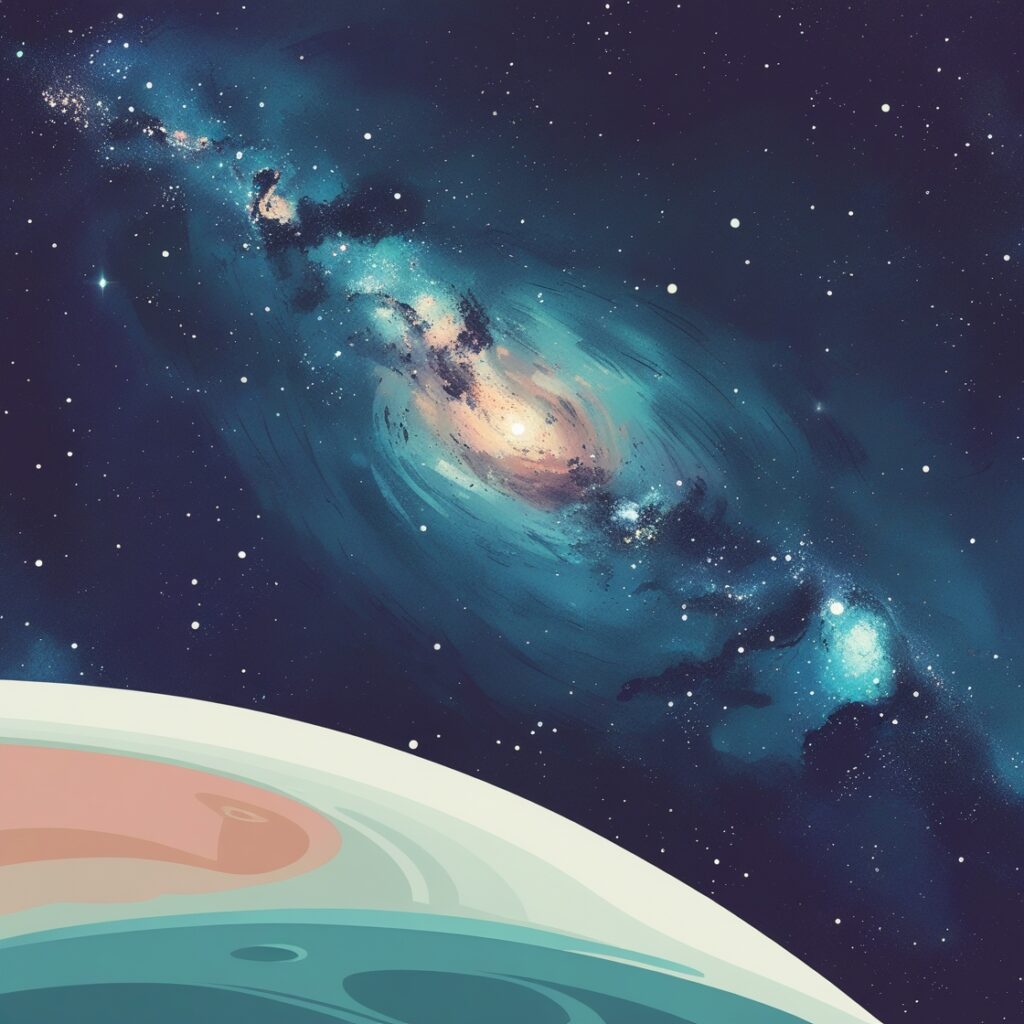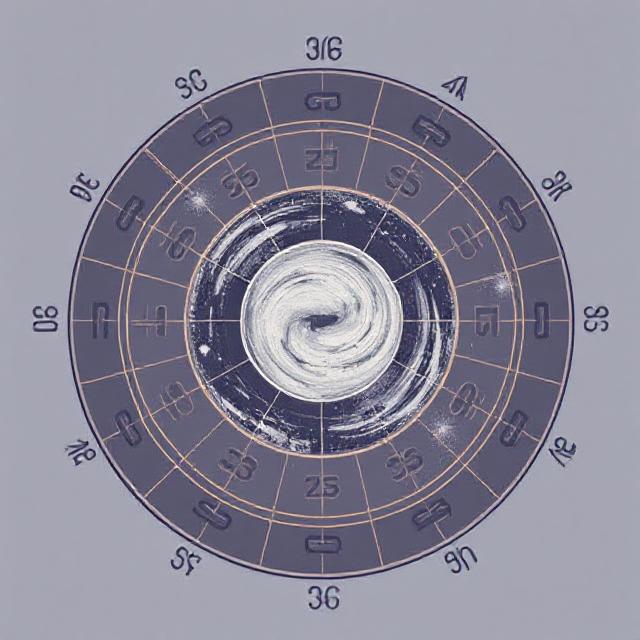Sirius: Its Place in the Milky Way and Potential Planetary Companions


Unveiling Sirius: A Bright Star in Our Galaxy
Sirius, renowned as the most luminous star visible from the Northern Hemisphere, resides relatively close to Earth. This proximity places it firmly within the Milky Way Galaxy.
The Cosmic Neighborhood
Sirius is a part of a star system located roughly 8.6 light-years from Earth. This system comprises two identified stars: the prominent Sirius A, a main sequence spectral type A star, and Sirius B, a faint white dwarf. These celestial bodies are visible to the naked eye due to their closeness to our planet.
Equipment and Observations
To observe stars beyond the Milky Way, such as those in the Andromeda Galaxy or the Magellanic Clouds, advanced equipment like the Hubble Space Telescope is essential. This powerful tool allows astronomers to resolve distant stars that are otherwise invisible to us.
The Mystery of Planets Around Sirius
Up to now, no planets have been detected within the Sirius system. Through extensive observations using Hubble, along with historical data dating back to the 1800s, scientists have dismissed the existence of brown dwarfs or exoplanets exceeding 15 times the mass of Jupiter in this star system.
The Potential for Hidden Worlds
Despite the current lack of evidence, the possibility of smaller exoplanets around Sirius cannot be entirely ruled out. Our solar system, with its array of planets of varying sizes, hints at the likelihood of numerous undiscovered celestial bodies in the Sirius system.
Conclusion
Sirius holds a significant place in our night sky and within the Milky Way. While its potential planets remain elusive, advancements in technology may one day reveal more about this fascinating star system. Keep an eye on the cosmos; the universe always has more secrets to uncover.









